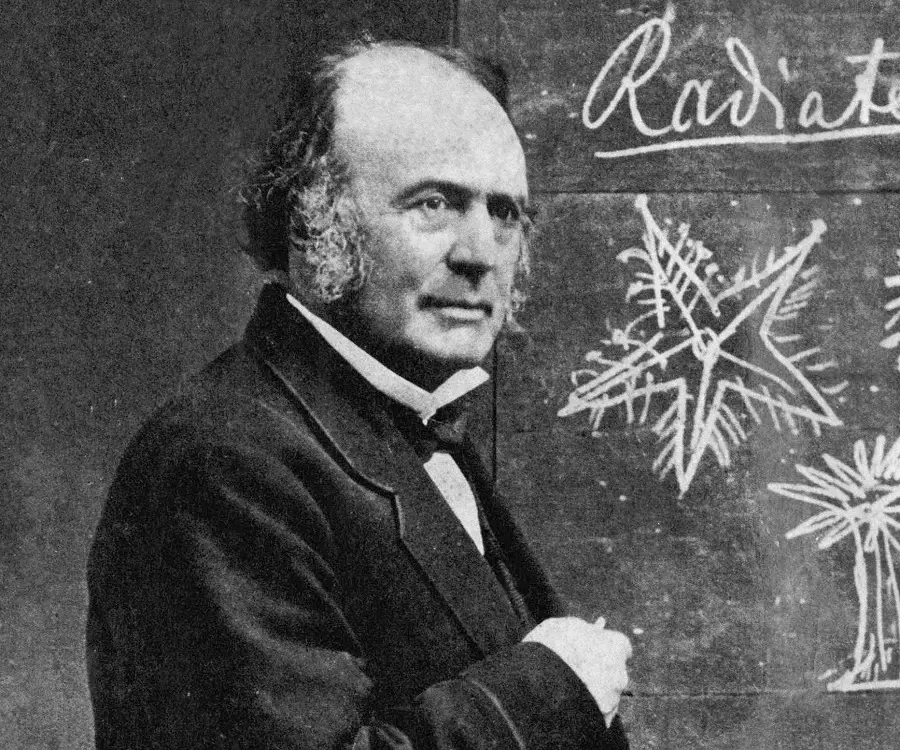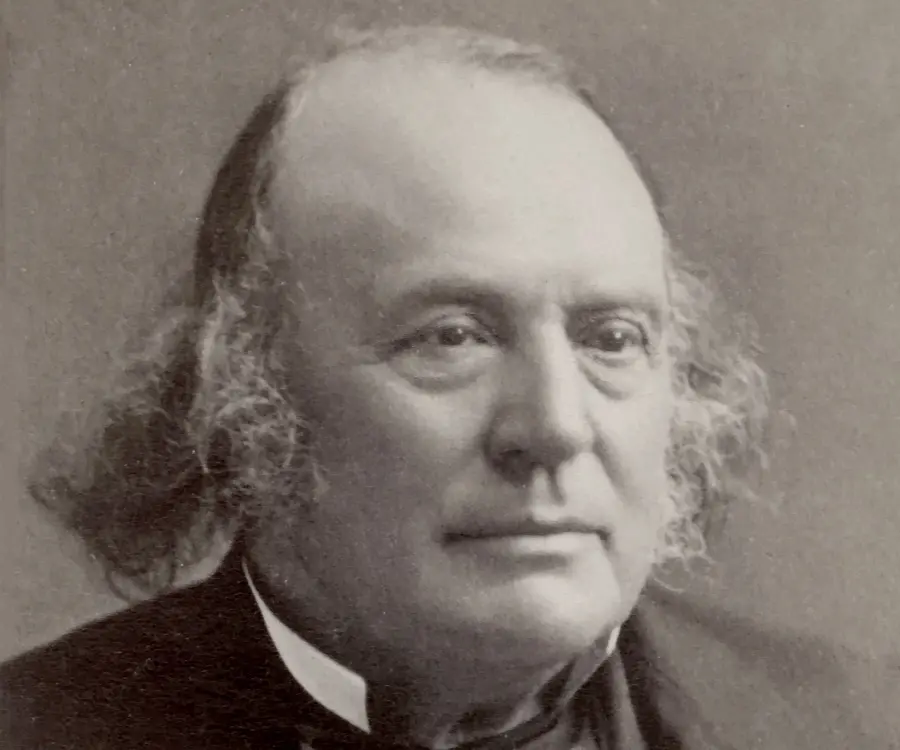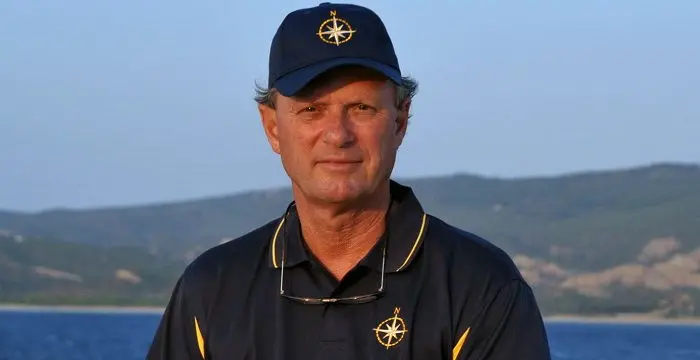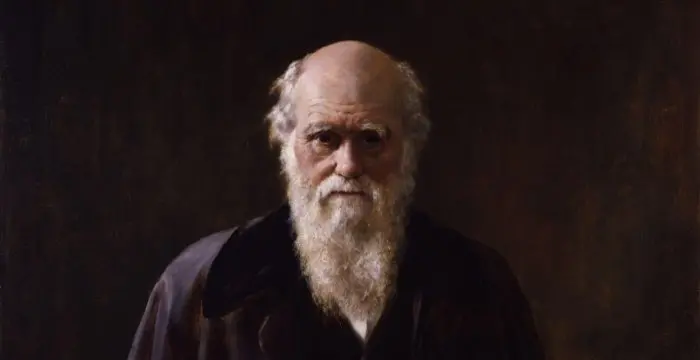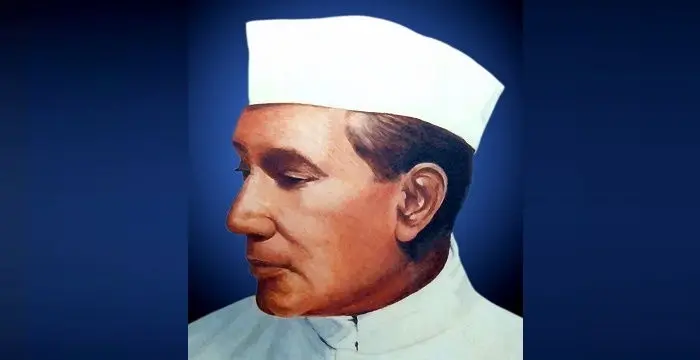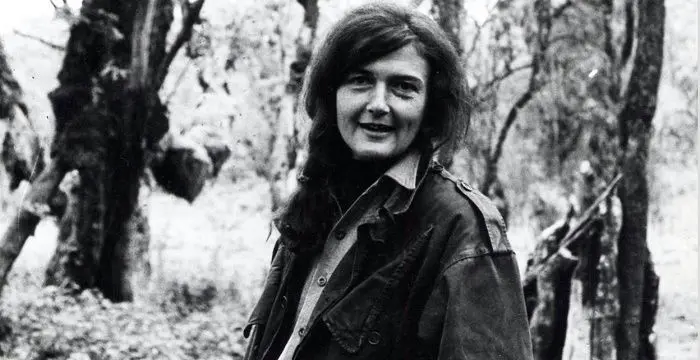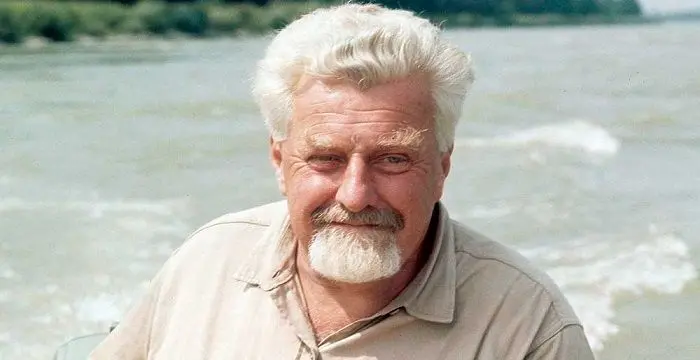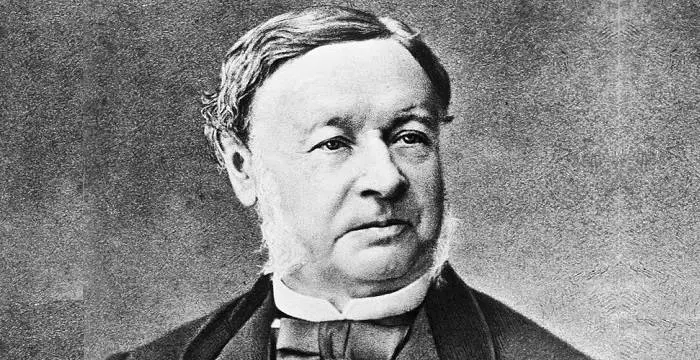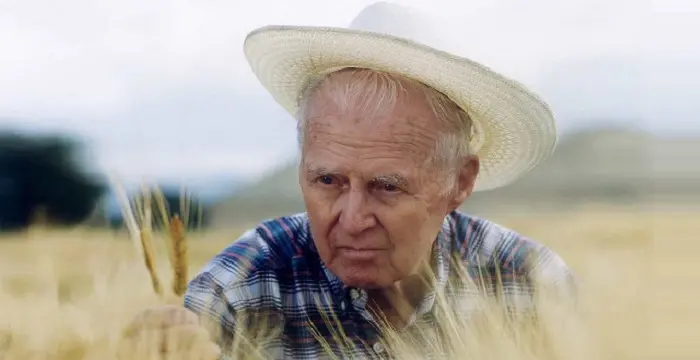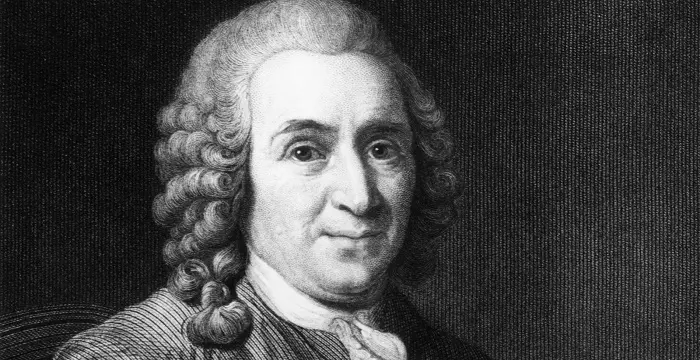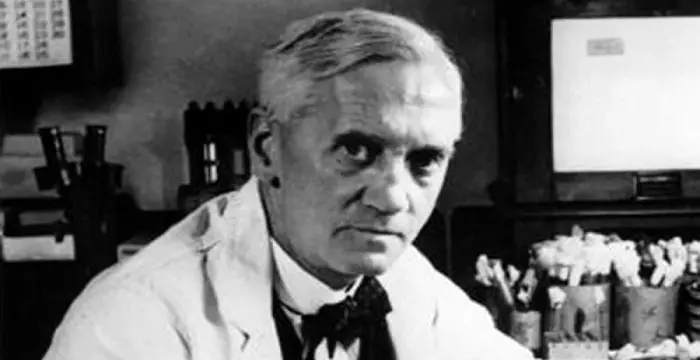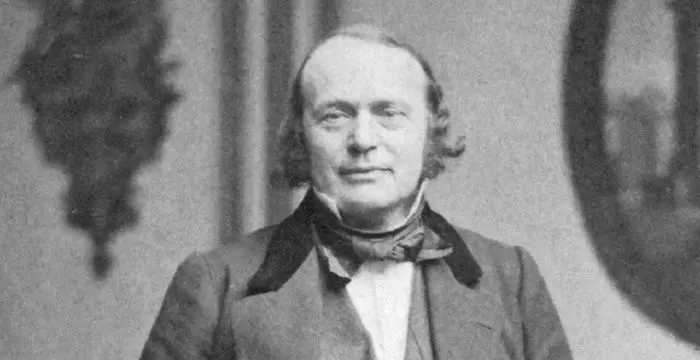
Louis Agassiz - Geologists, Family and Life
Louis Agassiz's Personal Details
Louis Agassiz was a Swiss biologist who studied natural history and founded the ‘Museum of Comparative Zoology’ in Harvard University
| Information | Detail |
|---|---|
| Birthday | May 28, 1807 |
| Died on | December 14, 1873 |
| Nationality | American |
| Famous | Scientists, Biologists, Zoologists, Geologists |
| Spouses | Elizabeth Cabot Agassiz |
| Childrens | Alexander Agassiz |
| Universities |
|
| Birth Place | Montier |
| Gender | Male |
| Sun Sign | Gemini |
| Born in | Montier |
| Famous as | Geologist |
| Died at Age | 66 |
// Famous Scientists
Juliane Koepcke
Juliane Koepcke is a German-Peruvian biologist, who was the lone survivor among the 92 passengers and crew of the ill-fated LANSA Flight 508 that crashed in the Peruvian rainforest on 24 December 1971. Know more about her life in this biography.
Henry Cavendish
Henry Cavendish was a theoretical chemist and physicist, renowned for discovery of hydrogen and calculation of the mass of earth. To know more about his childhood, profile, timeline and career read on
Konstantin Tsiolkovsky
Konstantin Tsiolkovsky was a Russian rocket scientist and a pioneer of astronautics. This biography provides detailed information about his childhood, family, personal life, career, achievements, etc.
Louis Agassiz's photo
Who is Louis Agassiz?
Swiss-born biologist, Jean Louis Rodolphe Agassiz or Louis Agassiz was a man of many talents. Geologist, teacher, physician and an important innovator in the spectrum of natural sciences, Louis was known for his works on extinct fishes and glacier activity. Born to clergyman father and scientifically-inclined mother, Louis, pursued both religion and science with great fervour. Initially he was home schooled, but he went to Bienne to finish his secondary education, eventually landing in Lausanne to complete his elementary years. Louis studied medicine at the universities of Zurich, Heidelberg and Munich, but showed his aptitude in natural history, especially Botany. After obtaining Doctor of Philosophy and Doctor of Medicine, Louis went to Paris, and under the mentorship of Humboldt and Cuvier studied geology and zoology. After he secured a teaching job at Neuchatel in Switzerland, he devoted thirteen years researching on various streams of natural science. Louis was offered professorship in Harvard after his successful lecture at the Lowell Institute in Boston. His teaching methods were different and innovative and changed the way natural science was taught in United States. In the last few years, he undertook many projects including the establishment of a permanent school for pursuing zoological science and marine zoology. Read on to know more about his life and works.
// Famous Geologists
Robert Ballard
Dr. Robert Ballard is the founder of the Ocean Exploration Center and specializes in deep-sea archeology. This biography contains information about his childhood, life, achievements & timeline.
Charles Darwin
Charles Darwin was one of the most influential figures in human history. Go through this biography to get details about his life, profile and timeline.
Birbal Sahni
Birbal Sahni was an Indian palaeobotanist who founded the Birbal Sahni Institute of Palaeobotany in Lucknow. This biography of Birbal Sahni provides detailed information about his childhood, life, achievements, works & timeline.
Childhood & Early Life
On May 28th, 1807, Louis was born to Protestant pastor Jean Louis Rodolphe and Rose Mayor Agassiz in Motier in the tiny hamlet of Fribourg. Jean was the last in the long line of Protestant clergymen and infused a sense of religion in his child. His mother on the other hand encouraged Agassiz’s interest in science.
Initially home schooled, Louis went to Bienne to finish four years in secondary education. He completed his elementary education in Lausanne.
He studied at universities of Zurich, Heidelberg and Munich; he was educated as a physician in Germany, like many of his contemporaries.
Louis studied with Dollinger and Oken, both important German biologists who were followers of ‘Naturphilosophie’, a theory propagating metaphysical connections within the living world; a thought which indirectly influenced many of Louis’s work.
During the years from 1819 to 1829, two important scientists were working on collection of Brazilian fishes which was turned to Agassiz in 1826. One of them died, and Agassiz was given the responsibility of finishing the work. This interest in fishes has prompted many of Agassiz’s scientific researches in the later years also.
In 1829, Agassiz completed the work and published it by the name of ‘Selecta Genera et Species Piscium’. Next year, Agassiz published a prospectus for ‘History of the Fresh Water Fishes of Central Europe’. This was printed from time to time in parts.
In 1829, he obtained the Doctor of Philosophy degree from Erlangen. The following year, he received the Doctor of Medicine degree from Munich.
On December 16th, 1831, Agassiz went to Paris to study comparative autonomy under Cuvier, who was the most famous naturalist in entire Europe.
Their liaison lasted only a few months, but Cuvier was visibly impressed with Agassiz’s work and shared his notes and drawings on fossil fishes; Agassiz was considered as the intellectual heir of Cuvier.
Career
In 1832, after Cuvier’s death, Agassiz got a teaching position in ‘University of Neuchatel’, where for the next thirteen years he devoted himself in the fields of glaciology, palaeontology and systematics.
In 1836, Louis started studying glaciers, and was guided by colleagues like Venetz and Charpentier. His study led to the theory of Ice Age and how it had gripped Earth at one point of time.
During the phase of 1838-42, Agassiz brought out two volumes on fossil echinoderms.
In 1840, he published his findings in ‘Étudesur les glaciers’.
During his years in Neuchâtel, from 1842-46, he also completed his work on ‘Nomenclature Zoologicus’, a catalogue for names of all animals.
In 1846, Louis came for a lecture tour in ‘Lowell Institute of Boston’ by invitation from J.A. Lowell. His lectures in United States were so successful, that he was offered a professorship in the ‘Harvard University’.
In 1847, he proceeded on his theory of Ice Age further and reported his findings in ‘Systemeglaciere’. The same year, his lectures led to the establishment of ‘Lawrence Scientific School’ at Harvard University, which Louis headed.
In 1859, he started the ‘Museum of Comparative Zoology’, and was elected as its first director, a position he served for the next fourteen years.
During his years in Harvard, Louis also served as the non-resident lecturer in the ‘Cornell University’.
In 1852, he accepted a position for teaching comparative anatomy in ‘Charlestown Massachusetts’.
His failing health did not permit him to undertake further teaching assignments; hence he took the decision to go back to the field to work on Brazilian fishes.
Agassiz had made two important expeditions in his life; one to Brazil in the year 1865 and another to California, six years later. Their journey to Brazil was well-captured by Elizabeth and himself in a journal.
In 1873, John Anderson provided him with the money and an island to establish a school for marine zoology, which had to be closed down after Agassiz’s death.
Major Work
His work ‘Recherchessur les poisons fossiles’ which includes all the information about fossil fishes is considered as a Bible for researchers interested in extinct life and species.
His ‘Essay on Classification’ was published in 1851 and consisted all his major thoughts about the natural world and how all living beings have been created by one God, a major point of contention between him and Charles Darwin.
Awards & Achievements
In 1836, Louis was awarded the ‘Wollaston Medal’ for his outstanding work on fossil ichthyology by the ‘Geological Society of London’.
In 1838, he was selected as the foreign member of ‘Royal Society of London’.
In the year 1846, Agassiz was given the position of the Foreign Honorary member of ‘American Academy of Arts and Sciences’.
Personal Life & Legacy
Agassiz was married twice. After the death of his first wife in 1850, he was married to Elizabeth Cabot Cary. She was a distinguished writer and a propagator of women’s rights from Boston.
He had three children from his first marriage. Once he settled down in United States, his two daughters and son Alexander joined him there.
He breathed his last on December 14, 1873 and was interred at the ‘Mount Auburn Cemetery’.
Trivia
Louis’s classification of the animal kingdom and his parallelisms influenced the thoughts of Charles Darwin, the father of evolution. However, Darwin was not a strict believer of parallelism, like Louis. Agassiz on the other hand was not a remote believer of evolution and saw the hands of One Creator everywhere in nature.
// Famous Zoologists
Charles Darwin
Charles Darwin was one of the most influential figures in human history. Go through this biography to get details about his life, profile and timeline.
Dian Fossey
Dian Fossey was an American zoologist and conservationist. Check out this biography to know about her birthday, childhood, family life, achievements and fun facts about her.
Konrad Lorenz
Konrad Lorenz was a Nobel Prize winning scientist from Austria who developed the branch of ethology. This biography provides detailed information regarding his childhood, career, profile and timeline
Louis Agassiz's awards
| Year | Name | Award |
|---|---|---|
Other | ||
| 0 | Copley Medal | |
Louis Agassiz biography timelines
- // 28th May 1807On May 28th, 1807, Louis was born to Protestant pastor Jean Louis Rodolphe and Rose Mayor Agassiz in Motier in the tiny hamlet of Fribourg. Jean was the last in the long line of Protestant clergymen and infused a sense of religion in his child. His mother on the other hand encouraged Agassiz’s interest in science.
- // 1819During the years from 1819 to 1829, two important scientists were working on collection of Brazilian fishes which was turned to Agassiz in 1826. One of them died, and Agassiz was given the responsibility of finishing the work. This interest in fishes has prompted many of Agassiz’s scientific researches in the later years also.
- // 1829In 1829, Agassiz completed the work and published it by the name of ‘Selecta Genera et Species Piscium’. Next year, Agassiz published a prospectus for ‘History of the Fresh Water Fishes of Central Europe’. This was printed from time to time in parts.
- // 1829In 1829, he obtained the Doctor of Philosophy degree from Erlangen. The following year, he received the Doctor of Medicine degree from Munich.
- // 16th Dec 1831On December 16th, 1831, Agassiz went to Paris to study comparative autonomy under Cuvier, who was the most famous naturalist in entire Europe.
- // 1832In 1832, after Cuvier’s death, Agassiz got a teaching position in ‘University of Neuchatel’, where for the next thirteen years he devoted himself in the fields of glaciology, palaeontology and systematics.
- // 1836In 1836, Louis started studying glaciers, and was guided by colleagues like Venetz and Charpentier. His study led to the theory of Ice Age and how it had gripped Earth at one point of time.
- // 1836In 1836, Louis was awarded the ‘Wollaston Medal’ for his outstanding work on fossil ichthyology by the ‘Geological Society of London’.
- // 1838During the phase of 1838-42, Agassiz brought out two volumes on fossil echinoderms.
- // 1838In 1838, he was selected as the foreign member of ‘Royal Society of London’.
- // 1840In 1840, he published his findings in ‘Étudesur les glaciers’.
- // 1842 To 1846During his years in Neuchâtel, from 1842-46, he also completed his work on ‘Nomenclature Zoologicus’, a catalogue for names of all animals.
- // 1846In 1846, Louis came for a lecture tour in ‘Lowell Institute of Boston’ by invitation from J.A. Lowell. His lectures in United States were so successful, that he was offered a professorship in the ‘Harvard University’.
- // 1846In the year 1846, Agassiz was given the position of the Foreign Honorary member of ‘American Academy of Arts and Sciences’.
- // 1847In 1847, he proceeded on his theory of Ice Age further and reported his findings in ‘Systemeglaciere’. The same year, his lectures led to the establishment of ‘Lawrence Scientific School’ at Harvard University, which Louis headed.
- // 1850Agassiz was married twice. After the death of his first wife in 1850, he was married to Elizabeth Cabot Cary. She was a distinguished writer and a propagator of women’s rights from Boston.
- // 1851His ‘Essay on Classification’ was published in 1851 and consisted all his major thoughts about the natural world and how all living beings have been created by one God, a major point of contention between him and Charles Darwin.
- // 1852In 1852, he accepted a position for teaching comparative anatomy in ‘Charlestown Massachusetts’.
- // 1859In 1859, he started the ‘Museum of Comparative Zoology’, and was elected as its first director, a position he served for the next fourteen years.
- // 1865Agassiz had made two important expeditions in his life; one to Brazil in the year 1865 and another to California, six years later. Their journey to Brazil was well-captured by Elizabeth and himself in a journal.
- // 1873In 1873, John Anderson provided him with the money and an island to establish a school for marine zoology, which had to be closed down after Agassiz’s death.
- // 14th Dec 1873He breathed his last on December 14, 1873 and was interred at the ‘Mount Auburn Cemetery’.
// Famous Biologists
Juliane Koepcke
Juliane Koepcke is a German-Peruvian biologist, who was the lone survivor among the 92 passengers and crew of the ill-fated LANSA Flight 508 that crashed in the Peruvian rainforest on 24 December 1971. Know more about her life in this biography.
Theodor Schwann
Theodor Schwann was a German physiologist who discovered the Schwann cells in the peripheral nervous system. This biography of Theodor Schwann provides detailed information about his childhood, life, achievements, works & timeline.
Norman Borlaug
Norman Borlaug was an American biologist known as the “Father of the Green Revolution”. This biography of Norman Borlaug provides detailed information about his childhood, life, achievements, works & timeline.
Richard Dawkins
Richard Dawkins is an English ethologist and evolutionary biologist. This biography of Richard Dawkins provides detailed information about his childhood, life, achievements, works & timeline.
Carl Linnaeus
Carolus Linnaeus was a renowned Swedish biologist popularly known as the ‘Father of Modern Taxonomy’ who founded the binomial nomenclature. Read on to know more about his childhood, career, profile and timeline
Alexander Fleming
Alexander Fleming was a Scottish biologist and pharmacologist who discovered enzyme lysozyme and antibiotic penicillin. This biography of Alexander Fleming profiles his childhood, life, research, discoveries, achievements and timeline.
Louis Agassiz's FAQ
What is Louis Agassiz birthday?
Louis Agassiz was born at 1807-05-28
When was Louis Agassiz died?
Louis Agassiz was died at 1873-12-14
Where was Louis Agassiz died?
Louis Agassiz was died in Cambridge
Which age was Louis Agassiz died?
Louis Agassiz was died at age 66
Where is Louis Agassiz's birth place?
Louis Agassiz was born in Montier
What is Louis Agassiz nationalities?
Louis Agassiz's nationalities is American
Who is Louis Agassiz spouses?
Louis Agassiz's spouses is Elizabeth Cabot Agassiz
Who is Louis Agassiz childrens?
Louis Agassiz's childrens is Alexander Agassiz
What was Louis Agassiz universities?
Louis Agassiz studied at University of Erlangen-Nuremberg, Ludwig Maximilian University of Munich
What is Louis Agassiz's sun sign?
Louis Agassiz is Gemini
How famous is Louis Agassiz?
Louis Agassiz is famouse as Geologist




